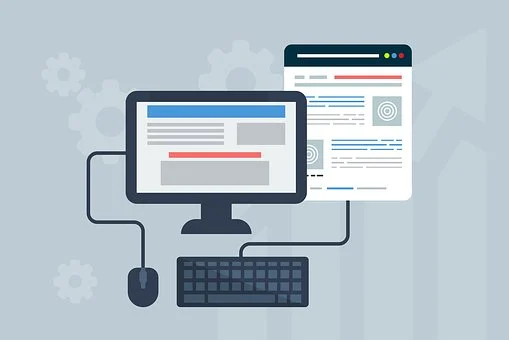A Step-by-Step Guide on How to Design an Eye-Catching Poster
- Briocom Solutions

- Apr 15, 2023
- 3 min read

Posters are a powerful communication tool used in various settings, from promoting events and advertising products to conveying important information. An eye-catching poster can capture the attention of your target audience and leave a lasting impression. If you're looking to design a poster that stands out, here's a step-by-step guide to help you create an engaging and effective poster.
Step 1: Define the Purpose and Audience
The first step in designing a poster is to clearly define its purpose and identify the target audience. Is your poster promoting an event, providing information, or selling a product? Who are you trying to reach with your poster? Understanding the purpose and audience of your poster will help you make informed design decisions later on.
Step 2: Gather Content and Visuals

Once you have a clear understanding of your poster's purpose and audience, gather all the content and visuals you want to include. This may include text, images, logos, and any other relevant information. Be mindful of the amount of content you include, as a cluttered poster can be overwhelming and less effective. Keep your messaging concise and impactful.
Step 3: Choose the Right Size and Orientation
Consider the size and orientation of your poster before you start designing. Will your poster be displayed on a wall, in a window, or on a bulletin board? Choose a size and orientation that fits the intended display location and makes the most impact. Common poster sizes include 18x24 inches, 24x36 inches, and 27x40 inches, but you can choose a custom size if needed.
Step 4: Plan the Layout

The layout of your poster is crucial to its success. A well-organized and visually appealing layout will attract attention and make it easy for viewers to understand the message. Plan the layout by considering the placement of text, images, and other elements. Use a grid or guidelines to ensure alignment and balance in your design.
Step 5: Choose Fonts and Colors
Fonts and colors play a vital role in the overall aesthetic of your poster. Choose fonts that are easy to read and align with the tone and purpose of your poster. Avoid using too many fonts, as it can make your design look cluttered. Choose colors that are visually appealing and complement your content. Consider using your brand colors to maintain consistency if you're designing a poster for a business or organization.
Step 6: Add Visual Elements
Visual elements such as images, illustrations, and graphics can make your poster more engaging and memorable. Choose visuals that are relevant to your content and help convey your message. Make sure the visuals are of high quality and do not appear pixelated when printed. Use visuals strategically to enhance your message without overwhelming the design.
Step 7: Proofread and Revise
Before finalizing your poster design, proofread all the text for spelling and grammar errors. Double-check all the information to ensure accuracy. Make sure the text is easy to read and does not overlap with other elements. Revise your design as needed to ensure a polished and professional look.
Step 8: Print and Test

Once you're satisfied with your poster design, it's time to print and test it. Choose a reputable printing service that offers high-quality prints. Consider the type of paper or material you want to use for your poster, as it can affect the overall appearance and durability. Once printed, carefully inspect the poster for any printing errors or quality issues.
Step 9: Display Your Poster
After printing and testing, it's time to display your poster. Choose a location that will get maximum visibility from your target audience. Make sure the poster is hung or displayed securely and is easily visible to passersby. Consider using additional props or signage to enhance the




Educative content 💯